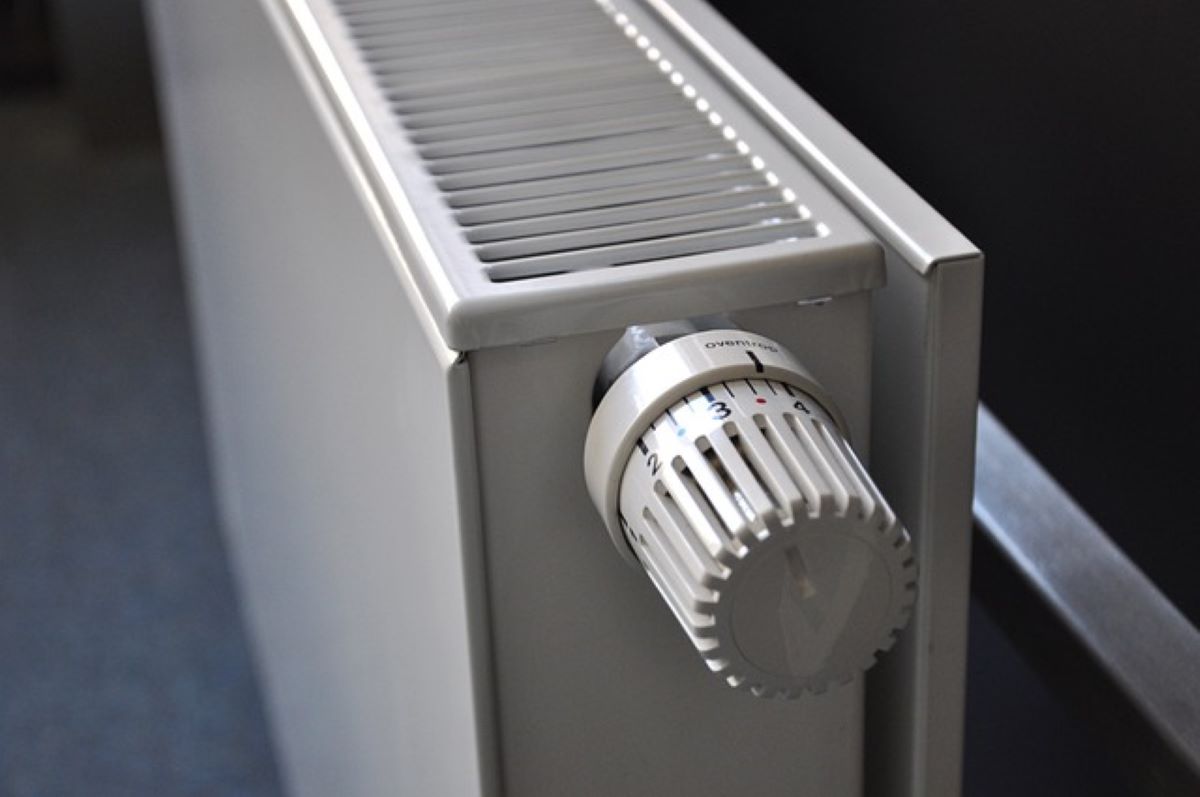An internal combustion engine must be warm enough to operate properly and prevent premature wear. However, too much heat can have the opposite effect and destroy the engine, or at the very least cause serious and expensive damage. Wondering how a car cooling system works?
The responsibility for maintaining engine temperatures at optimal levels lies with the vehicle’s cooling system and its components, and regular preventative maintenance is required to keep the system and your vehicle functioning smoothly.
Related: How a Car Clutch Works
In short, the cooling system works by transferring the engine’s heat to a coolant or antifreeze. The coolant is then pumped to the radiator, where the excess heat is released to the outside environment, and the coolant is returned to the engine to start the process again.
It may seem like a simple process, but maintaining engine temperatures at optimal levels depends on several parts of the cooling system working together properly, no matter how hot or cold it is outside.
How a Car Cooling System Works: Components
The main components of a car’s cooling system are:
- Radiator Coolant/Antifreeze
- Water Pump
- Thermostat
- Hoses
- Radiator
- Fan
The radiator is often hard to see because it is located under the mounting bracket and covered by the fan shroud.
Cooler
The cooler is a heat exchanger. It is located at the front of the vehicle and transfers the heat of the vehicle’s coolant that flows through it to the outside environment. Most modern radiators are made of aluminum, sometimes plastic, but radiators in older vehicles are primarily made of steel for strength and durability.
The radiator design consists of thin, flat fins connected in parallel with flat tubes. All of this forms a large honeycomb-shaped square or rectangular assembly that is placed behind the vehicle’s grille.
The outside of the radiator should be checked regularly for buildup of insects and other road debris that may affect cooling performance, as well as holes and leaks caused by flying stones.
Coolant/Antifreeze Coolant, also known as antifreeze, is a liquid that regulates the temperature of your engine.
The term antifreeze refers to the liquid’s low freezing point, which prevents the liquid from freezing and causing fatal damage to your engine in extreme cold. The name coolant refers to its important function of keeping your engine from overheating.
Coolant is usually a 50/50 mixture of ethylene glycol and water that circulates through small channels in your engine. Excess heat is transferred from the engine block to the coolant, causing the temperature of this fluid to increase. The coolant flows to one side or the top or bottom of the radiator and then through the radiator pipes.
It encounters the coolant outside air flowing over the radiator fins, transferring heat from the coolant to the air. The coolant exits the radiator on the opposite side from where it entered and returns to the engine, where the process begins again.
To protect the radiator and the entire cooling system from corrosion and to protect the engine from freezing temperatures, you should change the coolant as recommended by your vehicle manufacturer. You should also check the coolant level regularly by looking at the side of the plastic coolant reservoir.
Water Pump
Thanks to your vehicle’s water pump and gravity, coolant moves through the engine, to the radiator and back again. In most vehicles, the water pump is located under the timing belt cover and is driven by a V-belt connected to the engine’s timing belt or a pump pulley. The pulley and belt spin the pump’s blades, creating suction which, combined with centrifugal force, keeps the coolant circulating continuously.
The water pump may fail. That’s why it’s important to check for coolant leaks regularly.
Thermostat
The thermostat sits between the engine and the radiator and is usually connected to the upper or lower radiator hose. It’s essentially a valve that opens and closes to allow or block the flow of coolant to the radiator.
Preventing coolant flow seems to contradict the whole concept of how the cooling system works, but there’s a good reason for it. When you start your engine, it’s cold. If the thermostat is closed, it prevents the coolant from reaching the radiator where it can be cooled. Instead, it helps the engine heat up quickly and reaches its optimal operating temperature.
This reduces wear on the engine and helps the passenger compartment warm up more quickly. It is recommended to replace the thermostat if it shows signs of failure or when replacing the water pump.
Hoses
Coolant flows from the engine to the radiator and back again through rubber hoses. Over time, the rubber can deteriorate and weaken from constant exposure to heat and environmental factors, making it a maintenance item that requires regular inspection and replacement.
Fans
Think about your radiator and the coolant that flows through it. When exposed to cold air, it releases excess heat into the outside environment. The cooling system’s fan and shroud (or several fans in some vehicles) play a vital role in drawing in cool outside air and moving it over the radiator surface.
In modern vehicles, the fan is controlled by its electric motor, which turns on and off in the direction of the vehicle’s computer. In older vehicles, the fan is controlled by a fan clutch.
At this point, the fan clutch engages, turning on the fan to cool the engine. At CarYanams, we know that even if your cooling system is properly maintained, problems can still occur. Overheating is a common symptom of a failing cooling system.
Read Also:

